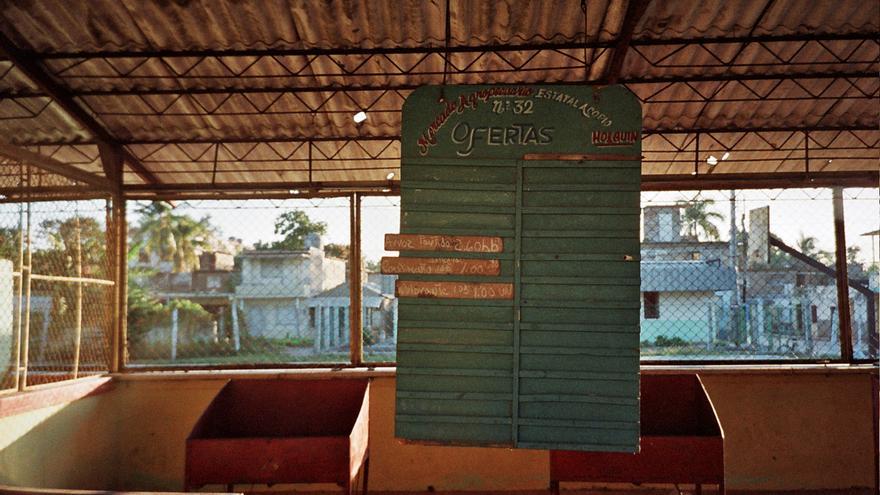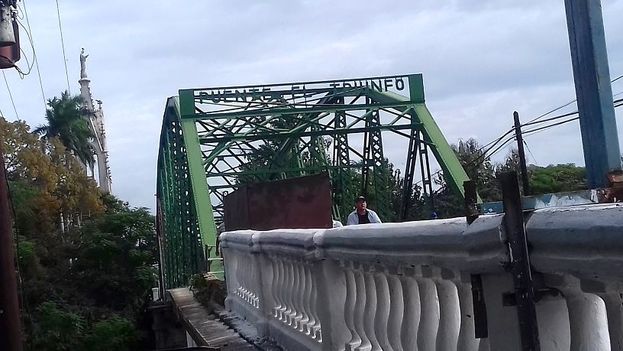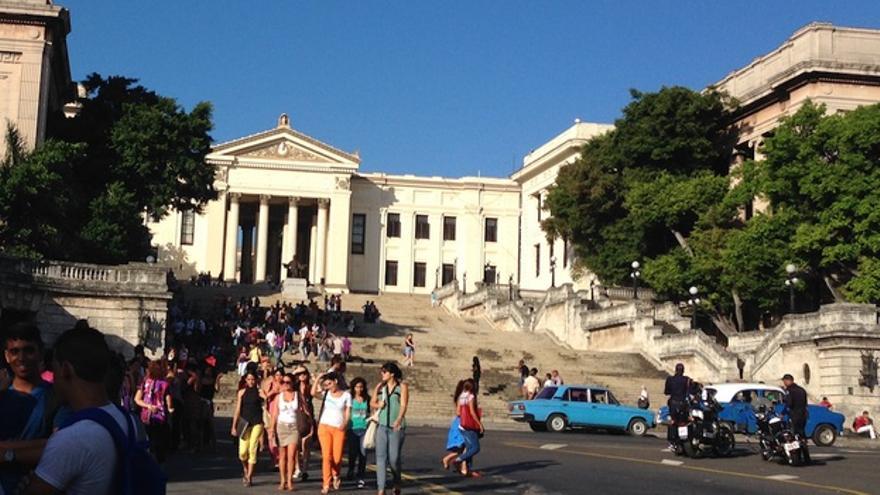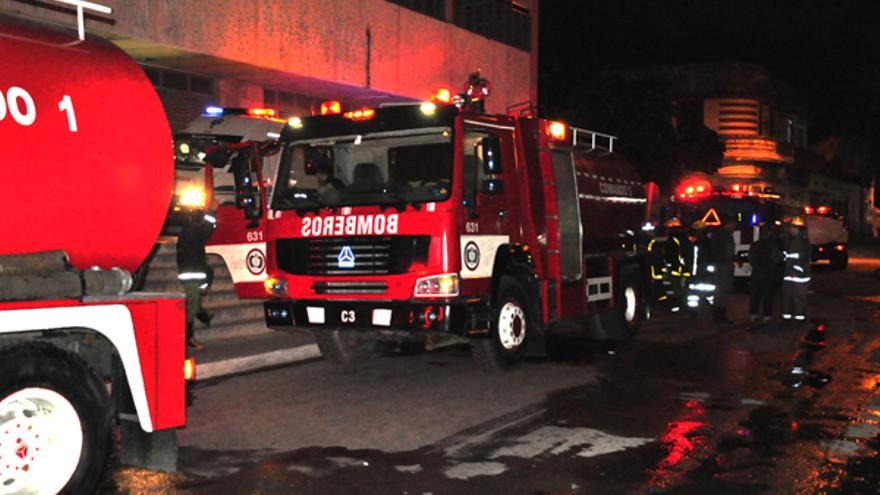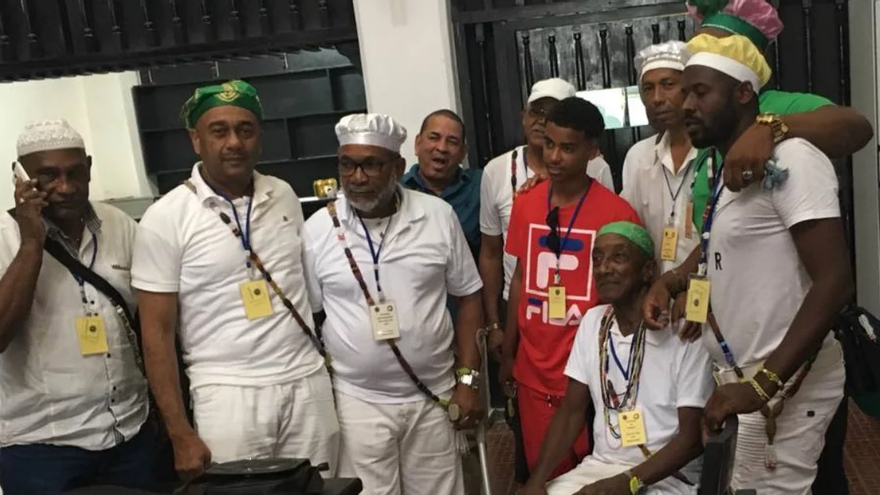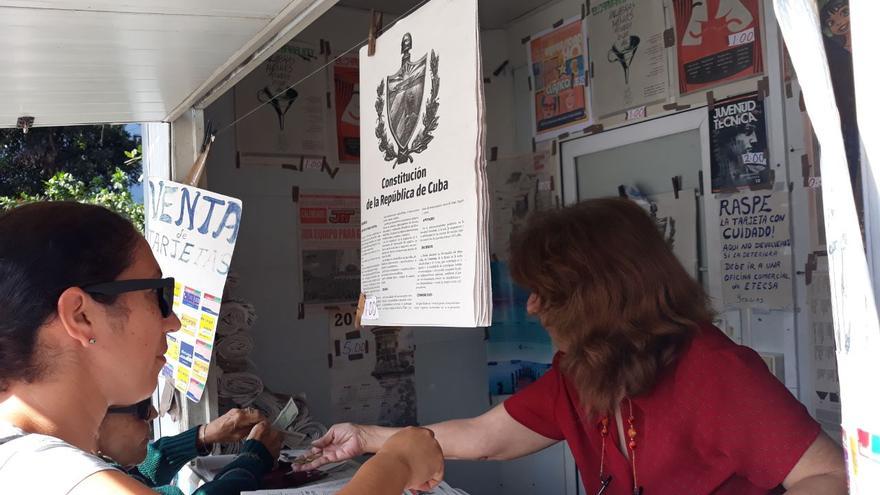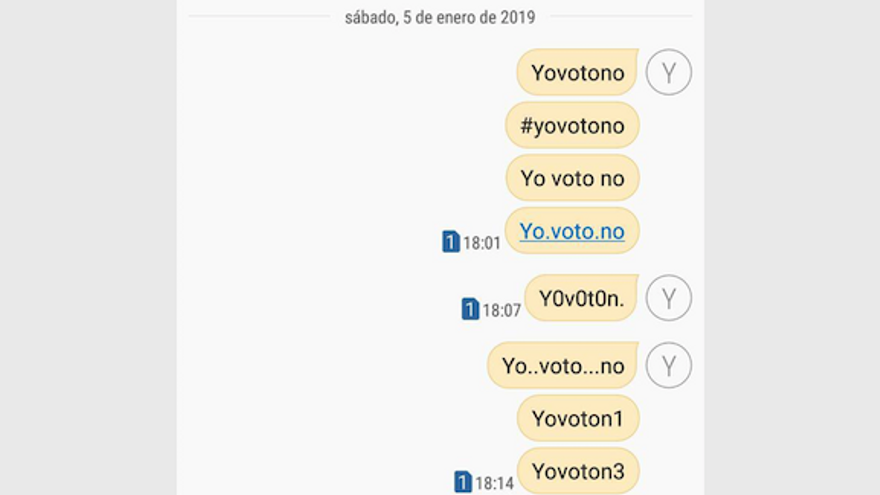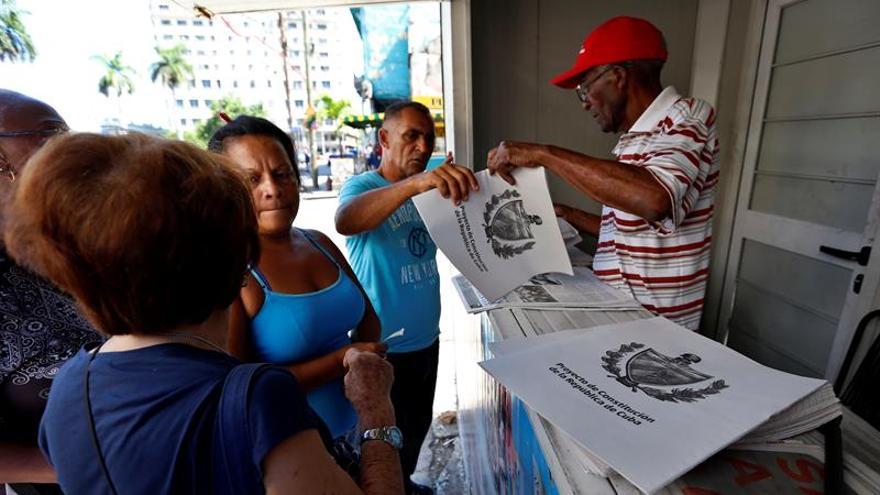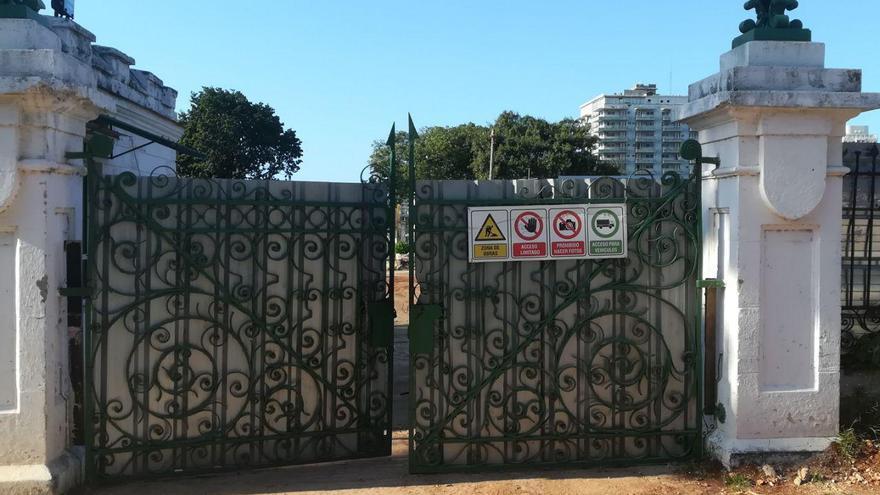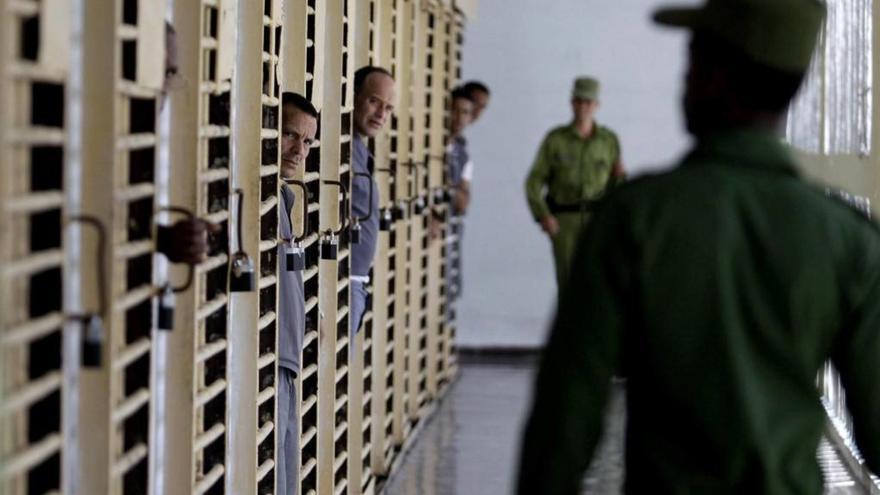
![]() 14ymedio, Ariel Hidalgo, 14 January 2019 — The dissidence, as an organized civic movement, wasn’t born in Cuba until 1983. At the beginning of October of that year, I found myself in Combinado del Este prison, serving eight years for a manuscript critical of the political system, when I met a new prisoner: Ricardo Bofill had been active in the Youth of the Popular Socialist Party and had already been in prison in 1967 for the charge of “Microfaction” (expressing differences with the Party line). For several weeks, we exchanged impressions and ideas.
14ymedio, Ariel Hidalgo, 14 January 2019 — The dissidence, as an organized civic movement, wasn’t born in Cuba until 1983. At the beginning of October of that year, I found myself in Combinado del Este prison, serving eight years for a manuscript critical of the political system, when I met a new prisoner: Ricardo Bofill had been active in the Youth of the Popular Socialist Party and had already been in prison in 1967 for the charge of “Microfaction” (expressing differences with the Party line). For several weeks, we exchanged impressions and ideas.
At that time I was worried about the subhuman situation of a friend in solitary confinement in the walled off cells and Bofill said he had connections with foreign press agencies to send them a complaint. He even offered to help me write it, but he maintained that we had to sign it with our own names so that it would have credibility, something that was until then inconceivable in political imprisonment. continue reading
We wrote it, on the back he wrote his name and underneath I put my own. To my surprise, at the end Bofill added: “Cuban Pro Human Rights Committee.” Then, next to his name he wrote “president” and next to mine, “vicepresident.” I didn’t attach any importance to that.
I didn’t make a note of the day as a memorable date. For me it was only about helping a friend, but when the information reached abroad, the headline wasn’t his case, but the creation, for the first time in Cuba, of a committee of human rights.
Right away, Bofill sent messages to Gustavo Arcos Bergnes, who had participated with Fidel and Raul Castro in the attack of the Moncada Barracks and who was isolated in a separate cell, and to Elizardo Sánchez, social democratic activist, who was in Boniato prison in Santiago de Cuba. Both responded positively. Three more prisoners in Combinado joined up.
The Committee was already created, but repression didn’t take long. Some were put in isolation, among them Bofill, who was then admitted to a room in the prison hospital. He remained there for a long period of time until they took him out for an unknown destination. We didn’t know if they had taken him to another prison, to his home in Cuba, or abroad, which is why in a meeting of the Committee members, I was elected, on a provisional basis, acting president.
Then began the development of a strategic plan. Prison became an immense laboratory, a model for what could later be the dissident movement throughout the country.
We helped to group together many political prisoners according to their activities: an association of writers and artists, another of religious figures from different churches, and the Liga Cívica Martiana [Martí Civic League].
The writers’ group created their own magazine, El Disidente, which we used to write by hand and came to number more than 60 pages, so perfect that it seemed printed. Various copies circulated around the prison, and some were even covertly taken out and circulated through the streets, others were sent abroad and some extracts were published in El Nuevo Herald in Miami.
Sometimes, State Security raided our cells and we had to start again, so we had to hide each page we produced really well. All the groups ended up working in such a united way in the interest of the prisoners that, one way or another, each and every one did some type of job, so that the authorities had to rely on us for any change in the criminal division.
That was how, more or less, we wanted it to be on a societal level. A support committee should have been founded from every social sector in defense of its interests: for journalists, for teachers, religious figures, artists, self-employed people, and so on.
When all these committees were strengthened with the support of their respective branches, they should have joined together in a federation of social self-defense to peacefully confront, in the name of all of civil society, the totalitarian power. We calculated that, carrying out this plan like we intended it, it would not take 10 or 15 years for the great changes that we desired to be made. And we were in 1985.
Our complaints led to an international scandal and the Government found itself obligated to allow the inspection of prisons by representatives of different international bodies.
In 1988 I accepted an offer of freedom on the condition that I left the country, a form of unofficial exile. On the afternoon of August 4, a little more than a month before a UN commission would enter Combinado del Esta, they took me out of my cell and I was brought to José Martí International Airport.
The Cuban Government was condemned at the United Nations. The movement spread all over the country and has been the only one in the opposition, in six decades, that has managed to remain without being destroyed despite threats, harassment, persecution, arrests, and long sentences.
This meant a great victory. The answer is that new dictatorships, whether they are communist or of the so-called socialism of the 21st century, prepare to confront their adversaries on a level of violence, but when faced with nonviolence, they are disoriented.
However, the movement failed in the most important thing: obtaining the support of different social sectors. What went wrong?
The main reason was a shift of discourse in many groups. Abroad, until the middle of the 90s, a great majority of exiles viewed the dissidence as a governmental trick to fabricate an easily manipulated opposition. Among the few who believed was the activist and actress Teté Machado. Together we founded the first center of support for dissidents, the Buró de Información de Derechos Humanos [Information Bureau for Human Rights] (Infoburo).
For several years Teté was the voice of the entire dissident movement at the most important conclaves all over the world. But when some dissidents overshadowed the leadership in exile, powerful political organizations offered material and media support to several of their leaders in exchange for support for their own demands, like supporting the embargo and opposing travel and remittances.
Those who accepted, by adopting a rhetoric totally contrary to the interests of the population, lost contact with her and were moved to social marginalization. Other groups, although they did not adopt that rhetoric, did not fully assume their social commitment.
So we arrived at a dead end: neither the Government was capable of exterminating the dissidence, nor was the dissidence capable of defeating the Government. Only those groups — very few — loyal to the original commitment, received large support and became the most numerous.
With these reflections I would like to invite others to make a critical analysis.
Translated by: Sheilagh Carey
_______________________________
The 14ymedio team is committed to serious journalism that reflects the reality of deep Cuba. Thank you for joining us on this long road. We invite you to continue supporting us, but this time by becoming a member of 14ymedio. Together we can continue to transform journalism in Cuba.

